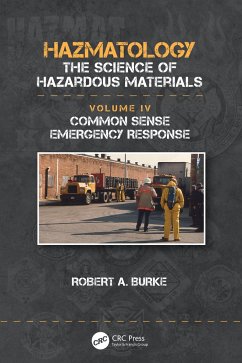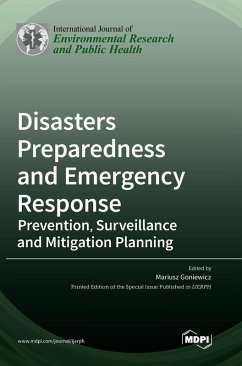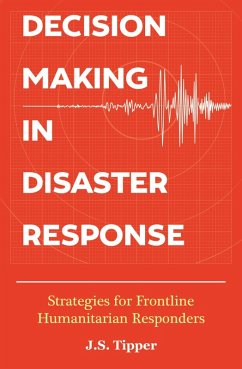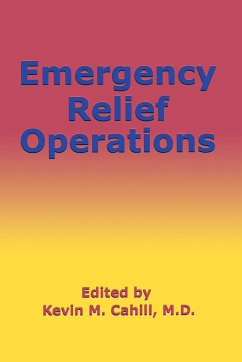
Handbook of Emergency Response
A Human Factors and Systems Engineering Approach
Herausgeber: Badiru, Adedeji B.; Racz, Leeann
Versandkostenfrei!
Versandfertig in 1-2 Wochen
172,99 €
inkl. MwSt.
Weitere Ausgaben:

PAYBACK Punkte
86 °P sammeln!
Despite preemptive preparations, disasters can and do occur. Whether natural disasters, catastrophic accidents, or terrorist attacks, the risk cannot be completely eliminated. A carefully prepared response is your best defense. Handbook of Emergency Response: A Human Factors and Systems Engineering Approach presents practical advice and guidelines on how to plan the coordinated execution of emergency response. A useful tool to mitigate logistical problems that often follow disasters or extreme events, the core of this guide is the role of human factors in emergency response project management....
Despite preemptive preparations, disasters can and do occur. Whether natural disasters, catastrophic accidents, or terrorist attacks, the risk cannot be completely eliminated. A carefully prepared response is your best defense. Handbook of Emergency Response: A Human Factors and Systems Engineering Approach presents practical advice and guidelines on how to plan the coordinated execution of emergency response. A useful tool to mitigate logistical problems that often follow disasters or extreme events, the core of this guide is the role of human factors in emergency response project management. The handbook provides a systematic structure for communication, cooperation, and coordination. It highlights what must be done and when, and how to identify the resources required for each effort. The book tackles cutting-edge research in topics such as evacuation planning, chemical agent sensor placement, and riverflow prediction. It offers strategies for establishing an effective training program for first responders and insightful advice in managing waste associated with disasters. Managing a project in the wake of a tragedy is complicated and involves various emotional, sentimental, reactive, and chaotic responses. This is the time that a structured communication model is most needed. Having a guiding model for emergency response can help put things in proper focus. This book provides that model. It guides you through planning for and responding to various emergencies and in overcoming the challenges in these tasks.













